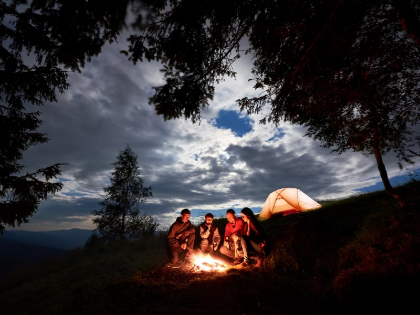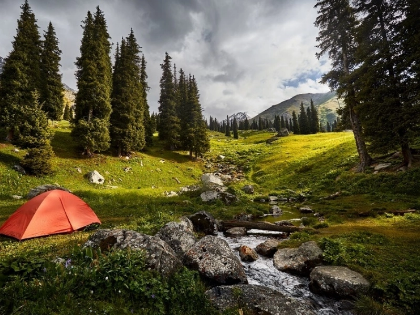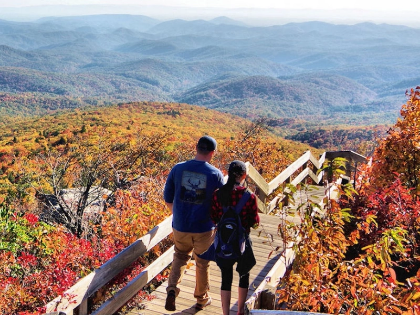Why Do You Go Faster When Going Downhill?
Have you ever observed that descending downhill causes you to move more quickly? The reason for this is the pull of gravity. It can significantly alter both how quickly and how hard you have to work.
Riding on steep hills with a friend and honing your leaning movements is a great way to perfect your downhill technique. Riding downhill fast is something you can master, though it will take some work.
The force of gravity

Things accelerate toward one another due to the pull of gravity. It is also the thing that keeps you grounded. All matter and energy in the cosmos are impacted by gravity, which is a universal force. Its strength is inversely correlated with the distance between the objects and proportional to their mass.
One of the best ways to increase your overall speed is to run downhill. Running on uneven ground forces you to work a different set of muscles, which can help you develop more strength and stamina. Running downhill can also help you become more adept at your body's reaction time.
All things experience the same acceleration from gravity, independent of their weight. On the other hand, the moon experiences a far lower acceleration of gravity than Earth. The moon's reduced mass is the cause of this.
The weight of the bike
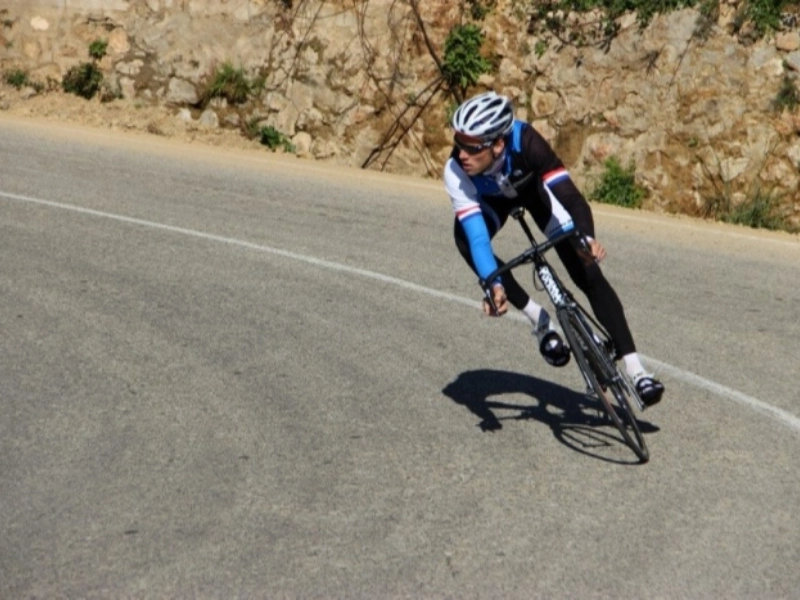
A significant contributing aspect to achieving fast downhill speeds is the bike's weight. A lightweight bike may move faster because it has less rolling resistance. A lighter bike is also simpler to manage and ride downhill. Additionally, a light bike may respond to the rider's motions more quickly, which is advantageous when accelerating and cornering.
When riding downhill, it's critical to maintain your center of gravity and adopt aerodynamic body positioning. Bringing your chest closer to the handlebars and bending your elbows are the best ways to do this. You'll be safer and be able to go downhill at faster speeds with this.
The ability to travel faster downhill than another is a personal preference, but the key is the courage to take chances. A proper gear ratio and physical fitness are two more variables that may influence performance. But keep in mind that riding at these high speeds might be risky, so you should always stay below the posted speed limit.
The speed of the bike
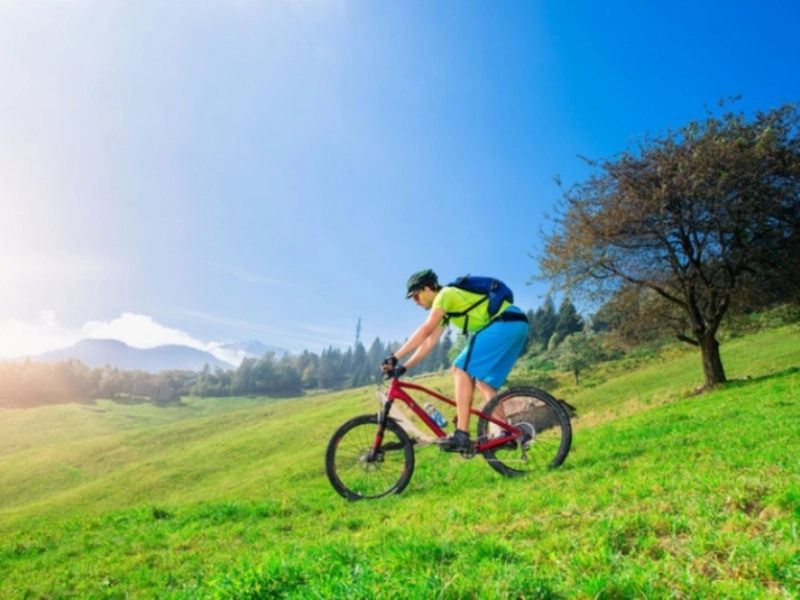
When riding a bike downhill, speed is crucial. You can save time and energy by riding farther on a speedier bike before needing to apply the brakes. But when you're riding a fast bike downhill, exercise caution. Excessive aggression may cause you to lose control and crash.
When riding downhill, the rider's weight is also a factor. Because of gravity, a larger rider will be able to exert greater force than a smaller one. This won't be sufficient, though, to combat the wind and road friction.
The greatest method to increase your downhill riding speed is to practice and take advice from more experienced riders. When riding a bike, try to maintain a balanced posture with your weight evenly split between the front and rear wheels. Remain relaxed and keep your chin over the stem to prevent strained muscles that can cause wobbling in your speed. Additionally, ensure that the surface you are riding on is smooth and free of potholes and ruts.
The speed of the rider

The rider's exertion level on the pedals determines how fast they go. In Zwift, your speed increases with the amount of power you apply. If two cyclists are exerting equal effort on the pedals, the heavier rider will accelerate during a descent more quickly than the lighter one.
It is not a good idea to pedal downhill since this can create needless wear and strain on the brakes. Rather, try tucking into a more aerodynamic stance and gliding downward. You'll feel more at ease and be able to maintain your speed when going downhill, thanks to this.
The fact that heavier things fall more slowly than lighter ones may appear contradictory, but this is because gravity only affects an object's mass, not its frontal area. This suggests that a heavier rider might be more resilient to air resistance and friction than a lighter one. This explains why, in time trials, bigger cyclists might outperform smaller, otherwise evenly matched competitors.



